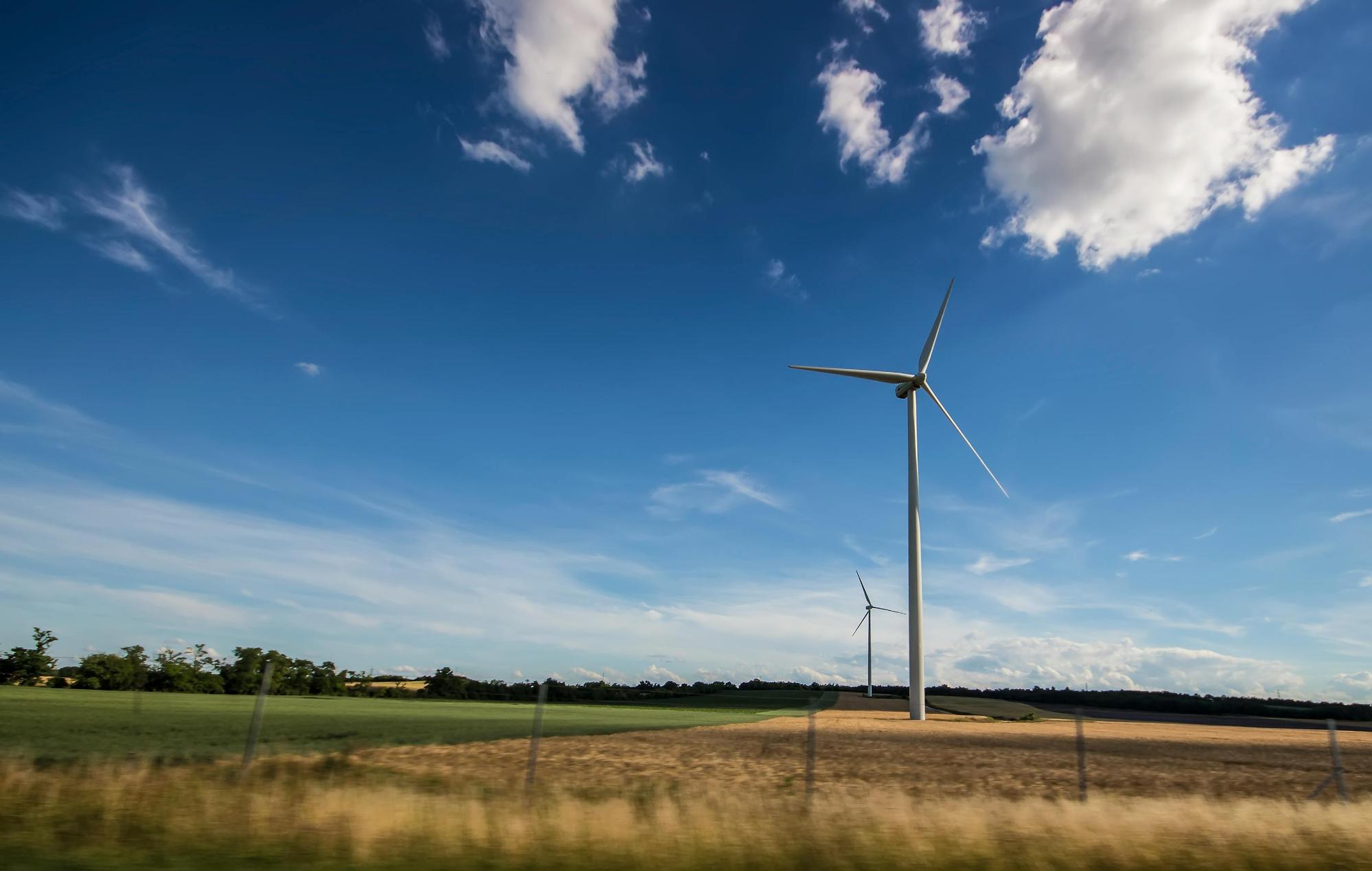It’s pleasant to imagine a world where all households power their electronics, heating, and cooling systems through sustainable means. This reality is fast approaching, as the traction gained by renewable energy sources is undeniable. Not only does this promise a future with less reliance on fossil fuels, but it also suggests a cleaner, healthier environment for future generations.
With urbanization expanding and populations rising, the demand for sustainable solutions has never been more pressing. Households are increasingly recognizing their role in contributing to environmental stability. As such, the adoption of renewable energy can act as a beacon of change, not only within individual homes but across entire communities. It’s clear that sustainable living is not merely an option but a requirement to ensure a balanced ecosystem.
Solar Panels: The Sun’s Mighty Power
Harnessing the sun’s energy has grown far beyond a niche experiment. Solar panels are now a common sight in neighborhoods across the globe. This is not just due to environmental concerns but also because solar energy offers a substantial reduction in household electricity bills. Solar systems have evolved to become more adept at converting sunlight to electricity, driving their popularity. For homeowners, this translates directly to financial savings.
The barriers, once impenetrable due to costs, are swiftly diminishing. Advancements in technology and increased production have drastically reduced prices, making solar installations more accessible for the average homeowner. Furthermore, innovations in solar panel designs, such as integrating photovoltaic cells into building materials like roof tiles, have made the adoption of solar energy more aesthetically pleasing and versatile, expanding its appeal.
Instances across various regions highlight the potential for more localized energy solutions tailored to specific areas. For example, individuals living in areas with diverse electricity offerings could benefit from options such as an electricity provider in Fort Worth TX, where renewable energy plans are becoming increasingly available.
Wind Power: Not Just for Windy Plains
Traditionally, wind power has been an enterprise more associated with rural areas or open plains. However, smaller-scale wind turbines are beginning to make their way into suburban settings. These compact turbines can be integrated into homes with sufficient land and wind conditions. Their benefits are clear: they provide a renewable source of energy that contributes to a decreased carbon footprint.
Of course, not every home is suited for such installations. Still, for those that are, wind offers another reliable source of natural energy that stands to reduce dependence on non-renewable sources. Advances in turbine technology have also made these systems quieter and more efficient, addressing past criticisms and increasing their attractiveness to a broader audience.
Geothermal Heating: Deep Energy from Below
Although less discussed, geothermal energy is an intriguing prospect for the future of home energy. This technology captures the earth’s natural heat below the surface, providing a steady and reliable source of warmth. Particularly in specific geological areas, geothermal systems can deliver consistent and stable energy outputs.
Homes equipped with these systems experience an almost elimination of traditional heating costs. For houses in colder climates, this equates to significant financial savings and a cleaner way to stay warm during frigid months. Moreover, the low maintenance requirements and long-term durability of geothermal systems make them appealing for homeowners seeking consistent energy solutions over the years.
The Role of Government Policy
While the potential for renewable energy in homes is vast, government policies often dictate the rate of adoption. Subsidies, tax incentives, and regulatory provisions either encourage or hinder the uptake of renewable technology. When policies align with environmental goals, households benefit from added financial support to transition away from fossil fuels.
In countries where these incentives are offered, the embrace of renewable energy systems is noticeably quicker, suggesting that governmental backing plays a key role in shaping the future energy usage of residential areas. Additionally, decisions at the policymaking level can steer research and development efforts, influencing the kind of innovations made available to the public, ultimately determining how effectively these technologies can be deployed and managed in everyday life.
Challenges and Considerations
Despite the promising prospects, the transition to renewable energy in homes is not without challenges. Infrastructure adjustments, initial costs, and space requirements can pose hurdles. Moreover, balancing local grid stability with personal energy production demands a careful approach.
Homeowners must also navigate changes in energy storage technology, ensuring that excess energy generated is not wasted but rather utilized. Innovations in battery storage solutions are vital in this area, providing the necessary capabilities to store energy for periods when natural resources are less available. Consequently, focusing on advancements in home battery solutions could significantly influence how homeowners manage their energy consumption and savings.
Ultimately, fostering a mindset of sustainability within communities is just as important as technological developments. Educational initiatives highlighting the benefits of renewable energy, combined with community-driven programs, can lead to a more informed public. Such awareness can drive greater adoption, creating an ecosystem where renewable energy becomes a standard rather than an exception in powering homes.
Conclusion
Renewable energy stands poised to redefine how homes are powered, nudging society closer to a sustainable future. As technology improves, costs decline, and policy support grows stronger, the vision of homes powered by the sun, wind, and Earth’s natural heat becomes not just probable but attainable. It’s a conscious choice that brings environmental benefits while empowering homeowners with the prospect of energy independence.
Embracing this movement, households find themselves at the intersection of environmental responsibility and economic sensibility—a junction where the commitment to leave a positive imprint on the planet aligns with a pragmatic approach to household energy.



